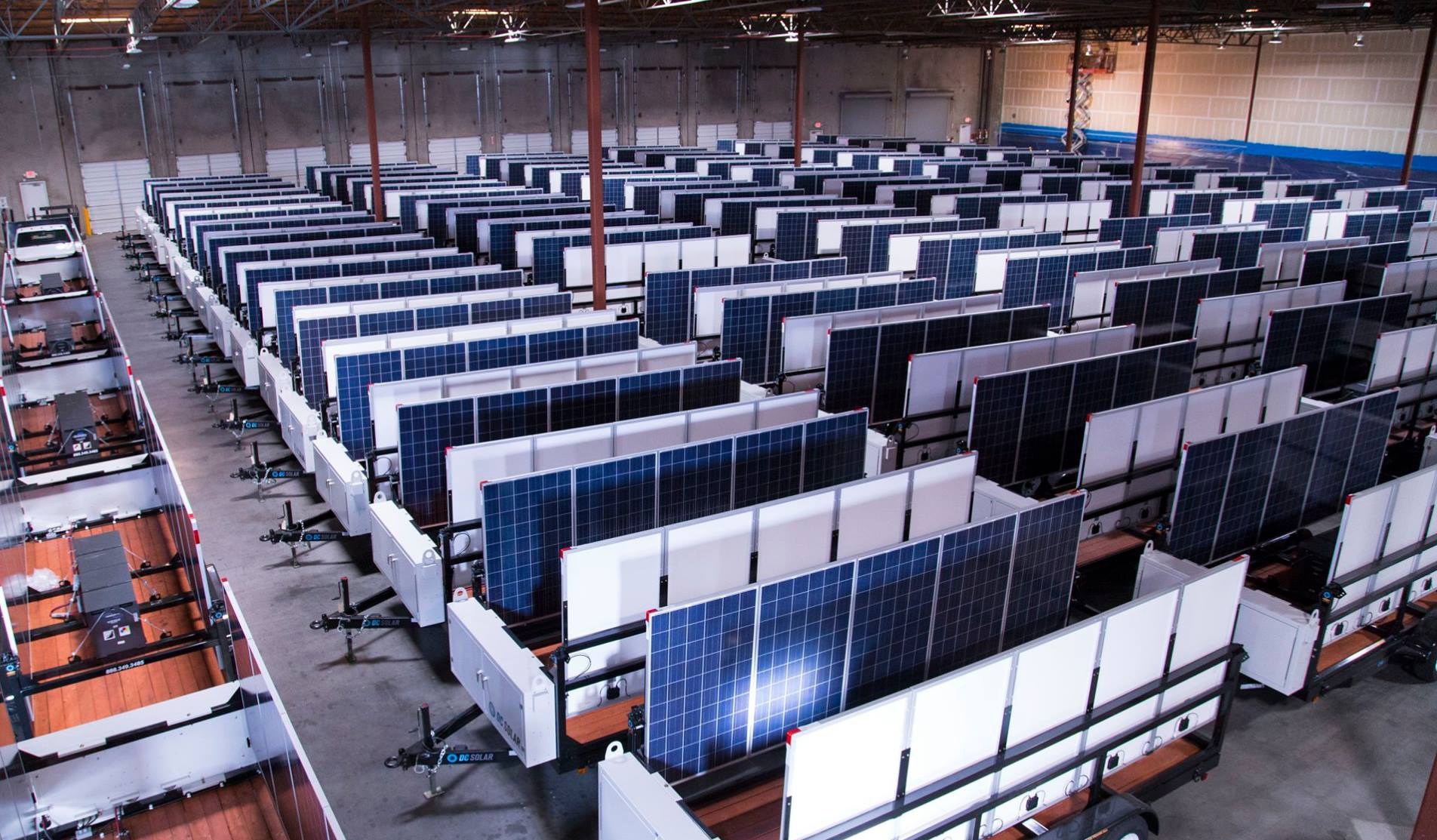
Madison Dennis
Former New Economy, Associate, PIRG
The Biden administration is investing in battery reuse, helping EV batteries remain a climate solution and not just more e-waste
Former New Economy, Associate, PIRG
Senior Director, Campaign for the Right to Repair, PIRG
Electric vehicles (EVs) are becoming much more popular, with sales nearly doubling in 2021. As gas prices rose in early 2022, all-electric vehicles sales jumped another 60% in the first quarter of the year.
EVs are not only climate friendly, but also the technology that runs them is getting cheaper, with the price of batteries falling about 90% in the last 12 years. If we want to stop using planet-warming fossil fuels, leaving gas guzzlers in our rearview mirrors and transitioning to cleaner cars is crucial. However, as we sit on the precipice of these important electrification efforts, we face a new dilemma: How can we make sure the batteries that power EVs don’t create a massive new e-waste stream?
Batteries are a crucial component in many climate-saving technologies, but are also dangerous to throw away and costly to produce. Creating a sustainable model to source and manage batteries is essential to making sure any new system we develop is one that we can be proud of—and will achieve our pollution reduction goals.
PIRG has long advocated for a “zero waste” approach—eliminate single-use items; use products as long as possible and fix them when they break; reuse as much as possible; and recycle the rest as a last resort—with nothing ending up in a landfill. Can batteries fit into this vision? The Biden administration, with support from long-time Right to Repair advocate Eric Lundgren, will try to see if they can.
Lundrgen is a recycling entrepreneur who’s well-known for his public battle with Microsoft four years ago, which landed him in prison. (You can learn more about his story in this excellent VICE documentary, featuring PIRG’s Right to Repair campaign leader Nathan Proctor).
With that ordeal behind him, Lundgren has launched several new ventures, including a battery manufacturing company BigBattery.com with a second-life division called BatteryEVO. BatteryEVO seeks to maximize reuse of battery packs by repurposing used products to make refurbished battery products.
Marshall Neipert, a former spaceship designer for NASA is the Chief Technical Officer at BatteryEVO’s parent company, BigBattery. He sees America at an inflection point regarding battery technology.
“China is six years ahead of us in battery technology and has fully embraced reuse. We urgently need to catch up, especially as we expect the number of electric vehicles to dramatically increase in the next few years,” Neipert said.“If we don’t build a reuse system now, we will fall even further behind, undermining our energy independence and any transition to a green energy system.”
As EV manufacturers switch to a new battery type made from lower-value materials, Neipert and Lundgren warn we can’t expect recycling to be an effective way to manage used batteries. Today, car companies primarily use nickel, cobalt and manganese (NMC) batteries, which have created a viable recycling industry.
“The recyclers today pay you 75 cents per pound for NMC batteries. Now, why do they pay you? Because nickel, manganese and cobalt are all valuable materials,” Lundgren said in an interview with PIRG this month.
China, the global leader in producing batteries for electric vehicles, has begun phasing out NMC batteries in favor of lithium, iron, and phosphate (LFP or LiFePO4) batteries. In 2021, these new LFP batteries accounted for 57% of Chinese battery production. The global market is now following suit, with companies including Tesla, Ford, and Volkswagen recently announcing shifts to LFP. The elements in these new batteries are abundant and easy to source, making them cheaper to make, but also less valuable to recyclers.
“Today, 65% of battery recyclers refuse to take LiFePO4 batteries, and the other 35% charge you 75 cents per pound to take it,” said Lundgren. In other words, in a few short years, those who recycle used batteries will go from making $0.75 per pound to having to pay $0.75 a pound to recycle it, given the change in value of the component materials. That could undermine the system of battery recycling we have now.
“Everyone knows the tsunami of electric vehicles is coming to America … the question is, are we going to trash the used batteries, or do something better?” asked Neipert. “Reuse makes things affordable; it creates abundance in a world of scarcity. I believe that reuse is the true path to sustainability in the U.S. energy sector.”
One way to keep our battery waste from overwhelming the system is to find ways to reuse as much of the original product as we can. That’s the hope of a new grant program from the Department of Energy.
As part of the Bipartisan Infrastructure Law that the president signed in November, the federal government will launch a number of programs to improve electric vehicle infrastructure — including a $200 million grant program for battery recycling. But soon after this program was announced, it was amended. The re-titled “Electric Drive Vehicle Battery Recycling And 2nd Life Applications,” (emphasis added) includes battery reuse programs, at the urging of Lundgren and others.
When asked about the program, Maj. Gen. Robert B. Newman, Director of Interagency Engagement for the Department of Homeland Security’s Science and Technology Directorate, sent PIRG this statement:
As America continues to move to a greener economy, the technology to reuse batteries will become a more critical resource. This rapidly evolving technology will enable the battery industry to more efficiently recycle old batteries and continue their use in a wide variety of applications. Reusing recycled batteries will reduce the cost of electric vehicles, provide stored power generated by wind and solar, provide for resilient power in the event of power grid failure, decrease the reliance on overseas supply chains, and dramatically reduce the amount of end of life batteries that are increasingly going to America’s landfills. DHS S&T is following the development of this technology for its potential applications with FEMA and the smart cities initiative.
Lundgren reports that BatteryEVO is able to reuse and resell 93 percent of the EV batteries it receives. He hopes his company will receive a grant to build EV battery charging stations and backup power storage out of reused batteries.
From e-scooters to electric cars, most of the time, when a battery-powered device needs a new battery pack, a portion of the remaining cells can still be used. By testing all the cells that make up larger batteries, BatteryEVO can create refurbished battery packs for a number of products including consumer devices, energy storage for our electricity grid, and even portable generators used to power emergency hospitals set up in the U.S. early in the COVID-19 pandemic, and now in Ukraine.
“We are always on the search for new climate-saving tech, but we have so much functional technology that we are just throwing away. If we could just repurpose it, we could use our past to power our future,” Lundgren noted.
As we often say in our “Right to Repair” campaign, protecting our environment starts with simply using what we already have.

Light and power trailers powered with 2nd life battery packs, courtesy BatteryEVO
Former New Economy, Associate, PIRG
Nathan leads U.S. PIRG’s Right to Repair campaign, working to pass legislation that will prevent companies from blocking consumers’ ability to fix their own electronics. Nathan lives in Arlington, Massachusetts, with his wife and two children.
